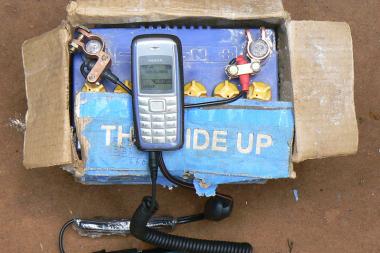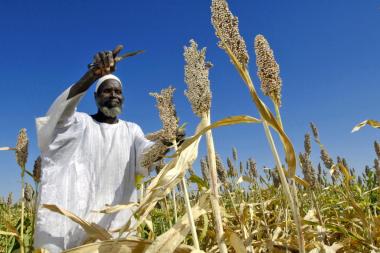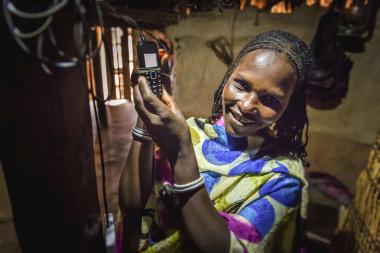Blog
Gateway to Tanzania’s pastoralist markets: social media
What role can social media platforms play to support pastoralists in Tanzania? Read this article as part of our ongoing research into the role of innovation to build resilience in dryland regions.
Publisher SPARC
According to metrics by Kepios, Oookla, and other partners behind the DataReportal, Tanzania is on track to lead the East African region in mobile connectivity. Investing in the country’s majority rural population – particularly underserved pastoralists – could be a smart business move to accelerate connectivity.
Social media, especially WhatsApp and Facebook, could unlock new customers, create entirely new jobs, and enable Tanzania to gain ground among Africa’s top 10 economies. In fact, the economic potential is massive. In 2018 alone, mobile technologies and services in sub-Saharan Africa (SSA) generated US$144.1 billion, equivalent to roughly 9% of the region’s gross domestic product (GDP). Ongoing research by the Supporting Pastoralism and Agriculture in Recurrent and Protracted Crises (SPARC) programme synthesises some of these key statistics.
Dynamic telecommunications market
Last year, there were 50.15 million mobile connections in Tanzania – a country of 62.39 million people – with 22.2 million subscribers connecting to the internet through mobile handsets. Thanks to the 2021 partnership deal between the Ministry of Communication and Information Technology and the Tanzania Electric Supply Company Limited (Tanesco), an uptick is expected in broadband connectivity, including for drylands populations.
Tanzania’s telecommunications market is dynamic, with seven mobile telecom players. And this may explain why, at US$0.75, the cost here to access the internet is the lowest in East Africa (neighbouring Kenya is the highest at US$2.25). Likely driven by a surge in smartphone uptake, Tanzania’s internet penetration rate is 43%, with 15.6 million internet users this year.
With 30% smartphone penetration nationally in 2021, 5.4 million Tanzanians were using social media at that time – which represents a significant opportunity. For example, we estimate the Facebook audience size in Tanzania to be approximately 4.5–5.3 million people. Of this audience, 60% are in the country’s financial hub of Dar es Salaam and only 2.7% in the farming area of Morogoro. As early adopters, young people (18–34 years) are the primary users, but this is shifting with increasing uptake among a more diverse group.
Opportunities to tap into pastoralist communities
While there is a clear disparity in mobile connectivity and smartphone uptake between urban and rural areas, key influencers and notable engagement in the regions of Tanga and Morogoro indicate an opportunity to tap into pastoralist audiences. Critically, the gender gap in literacy rates, in access to mobile devices and mobile money, and in social media participation may have been widened by the Covid-19 pandemic. Tailored investment could expand access and benefits for women and young girls.
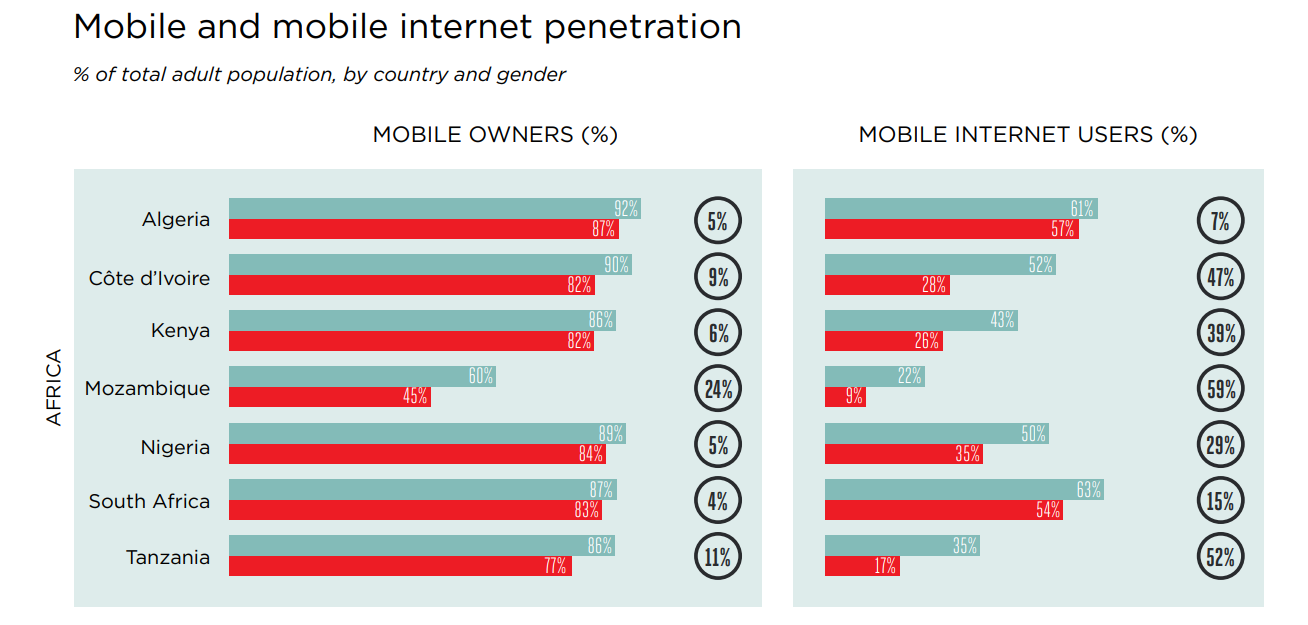
Source: GSMA Mobile Gender Gap Report 2019
Key obstacles for the rural and pastoralist market are variability in access to infrastructure and affordability of both devices and the internet. Currently, 86% of people in rural areas do not have internet connectivity compared to 45% in urban areas – but national and regional investments have laid the foundation for public agencies, as well as businesses of all sizes, to catalyse growth.
Overcoming the challenges
Enterprises are already using WhatsApp to market products and enhance customer services. Imagine activating the millions of pastoralists in Tanzania as staff or customers for certain products or services.
Recent civic engagement programmes are also finding big and small influencers on Facebook to be powerful in advocacy and in community mobilisation. With new platforms like start-up Wowzi making it simpler to use social media influencers and ‘listen’ in real-time to conversations, first-movers could work with and learn from historically marginalised populations.
Encouragingly, global investment is especially primed to scale commitments to pastoralist communities. Last year marked the start of the UN Decade on Ecosystem Restoration and the United Nations declared 2026 as the International Year of Rangelands and Pastoralists.
Are you working on innovative solutions designed with and for pastoralists and agro-pastoralists in drylands? If so, we would value your contribution to SPARC’s innovation dashboard.
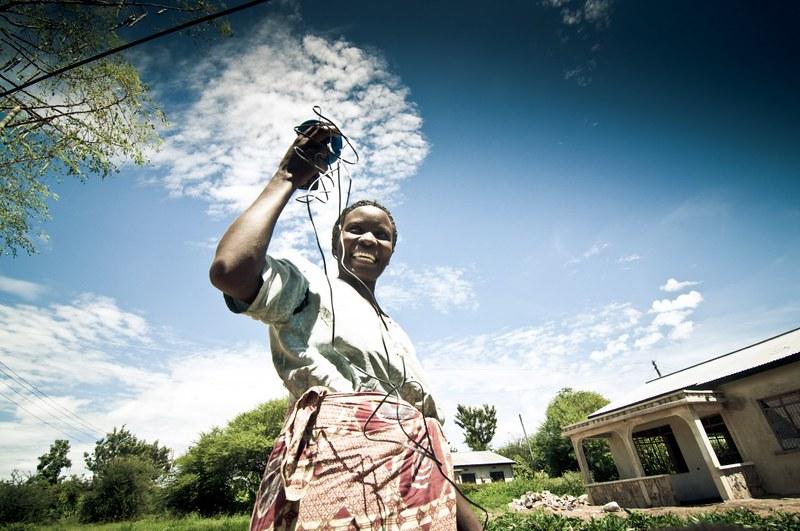
Tanzanians use mobile money platforms to pay bills
Credit Image by Angaza / DIVatUSAID - CC BY-NC-ND 2.0
